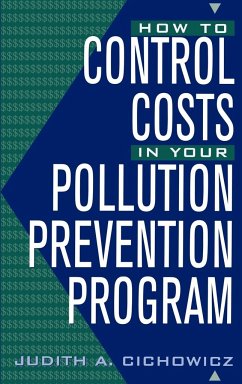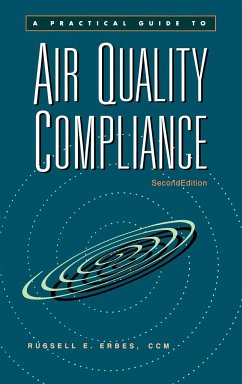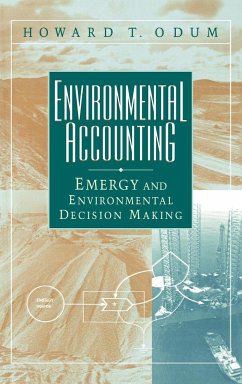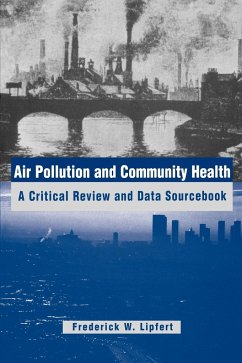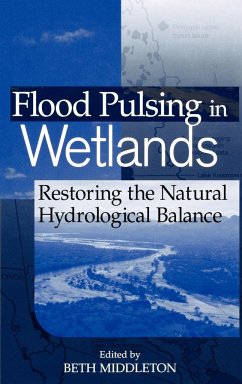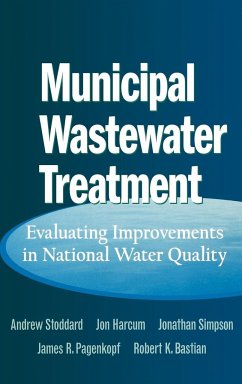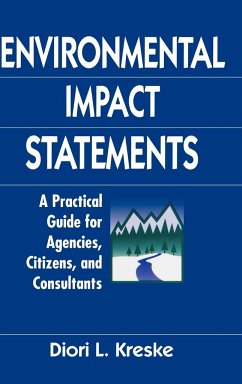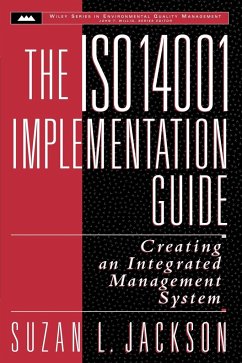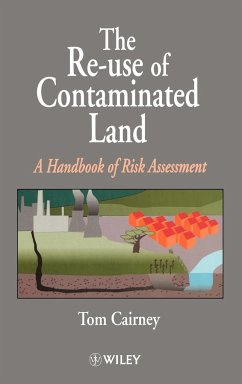
Pollution Prevention
Methodology, Technologies and Practices

PAYBACK Punkte
143 °P sammeln!
As many industries are beginning to learn, pollution prevention technologies offer more than just a way to comply with regulations, or even to "do the right thing." It also makes smart business sense. The authors of this book, both veterans of DuPont's in-house waste reduction team, have put together a "how-to" guide for locating and implementing the best pollution prevention strategies for particular manufacturing processes. The book codifies elements of fundamental pollution prevention knowledge that are "easily understood and broadly applicable," across a wide range of industries. At the he...
As many industries are beginning to learn, pollution prevention technologies offer more than just a way to comply with regulations, or even to "do the right thing." It also makes smart business sense. The authors of this book, both veterans of DuPont's in-house waste reduction team, have put together a "how-to" guide for locating and implementing the best pollution prevention strategies for particular manufacturing processes. The book codifies elements of fundamental pollution prevention knowledge that are "easily understood and broadly applicable," across a wide range of industries. At the heart of the book is what the authors call the "10-Step Method for Engineering Evaluations of Pollution Prevention Methods," which breaks down the process to such simple steps as defining problems, setting goals, and identifying, defining, and evaluating alternative strategies.




